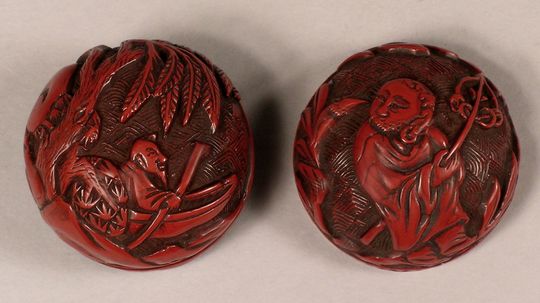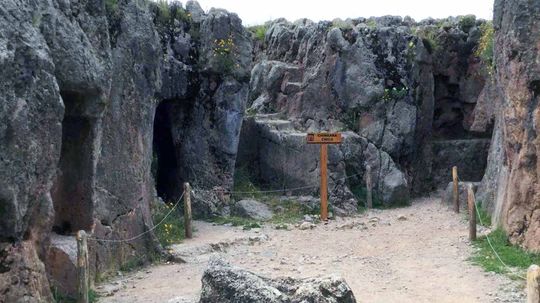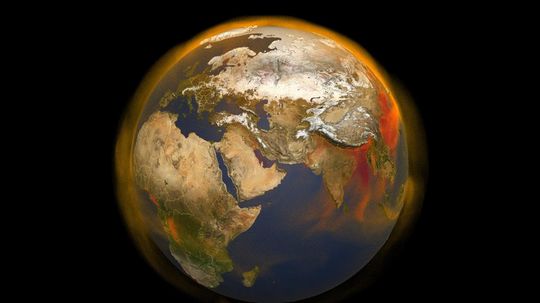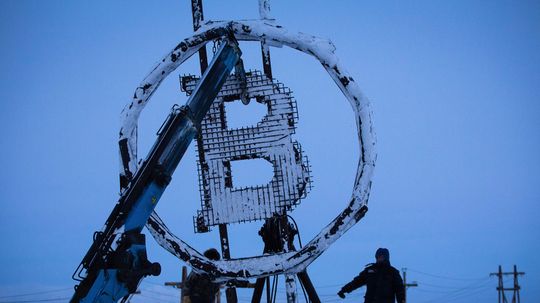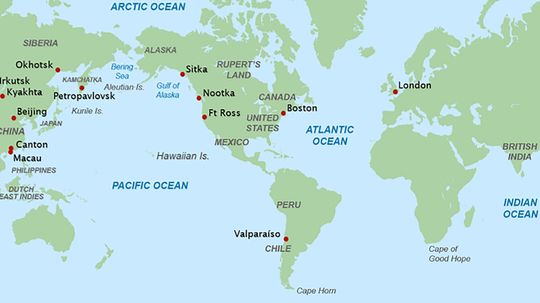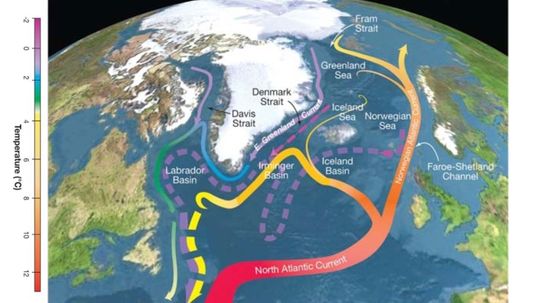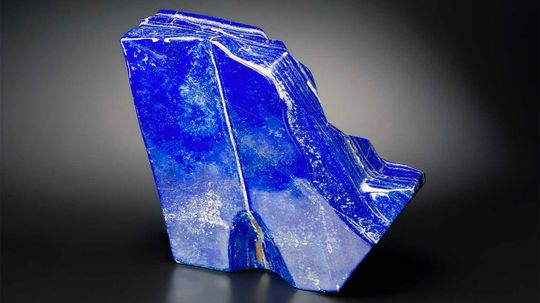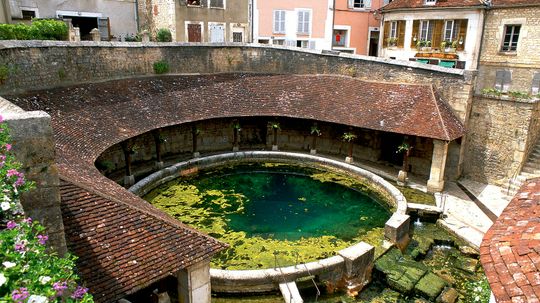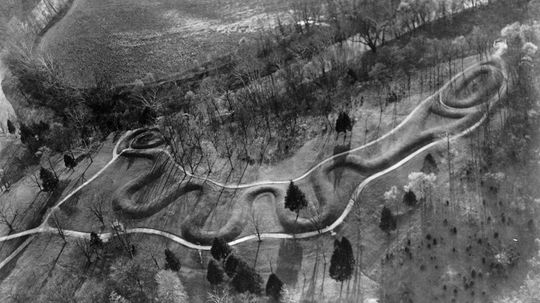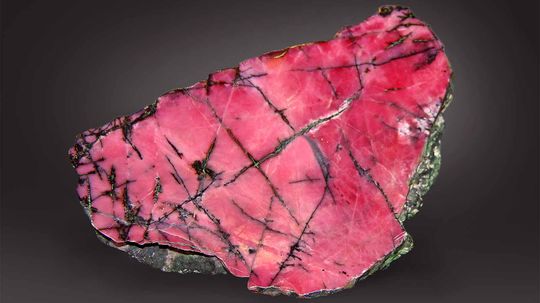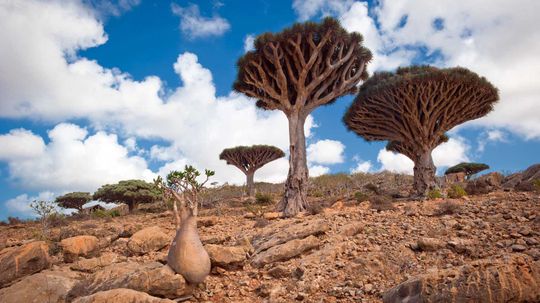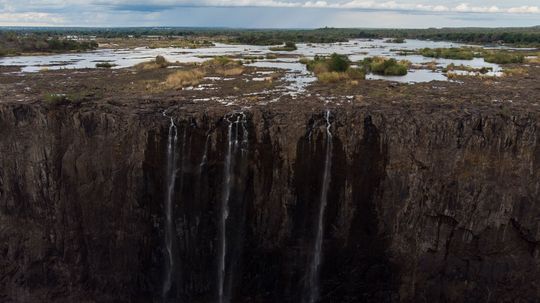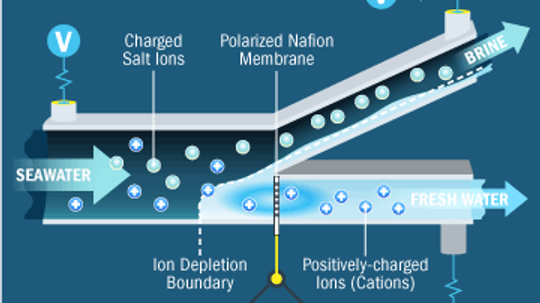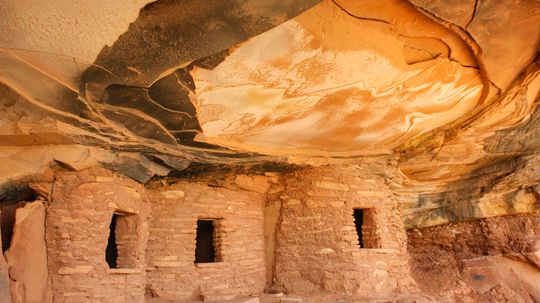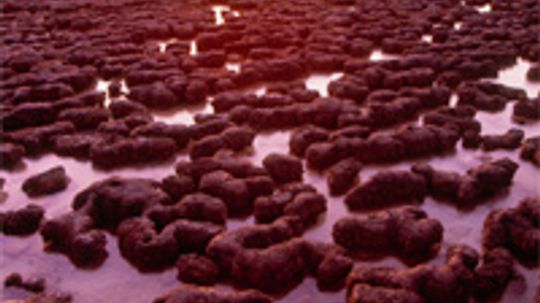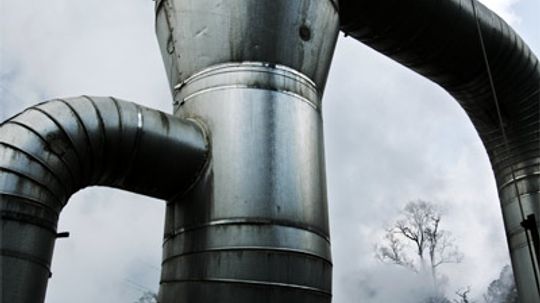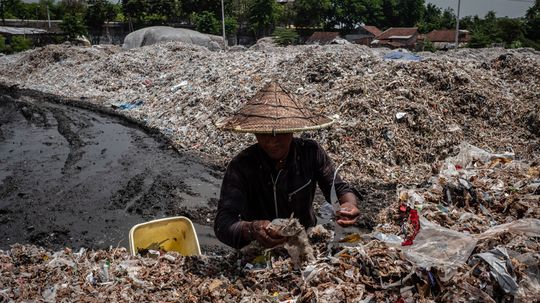Environmental Science
The environment is truly a thing of beauty and should be protected whenever possible. What can we do to save the environment, and what new technology is available to help us?
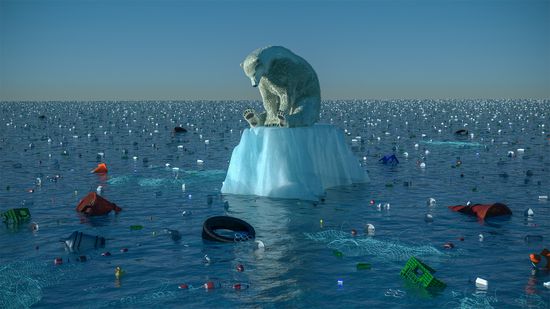
Study Says 2035 Is Climate Change Point of No Return

5 Ideas for Doubling the World's Food Supply

10 Earth Day Activities for Families
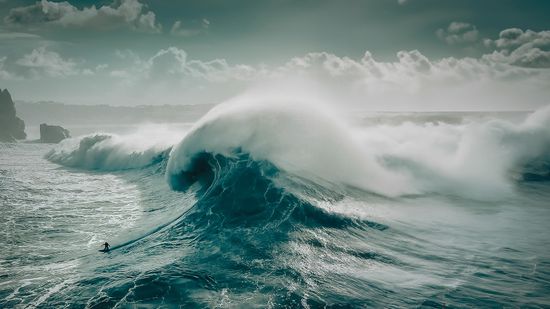
What Was the Largest Wave Ever Recorded?

Is Africa Splitting in Two? Really? Here's the Scoop
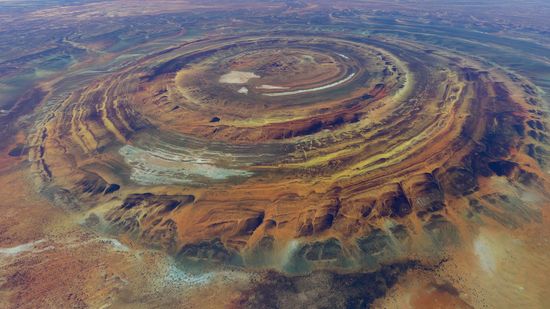
What Exactly Is the Eye of the Sahara, aka the Richat Structure?
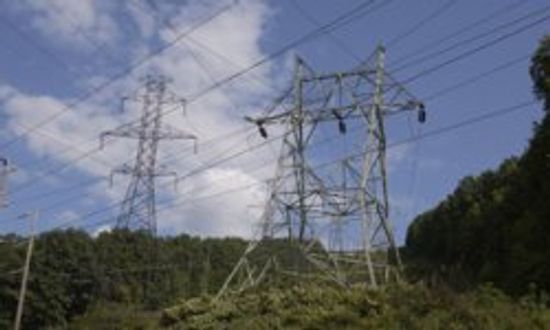
How to Sell Electricity Back to the Grid
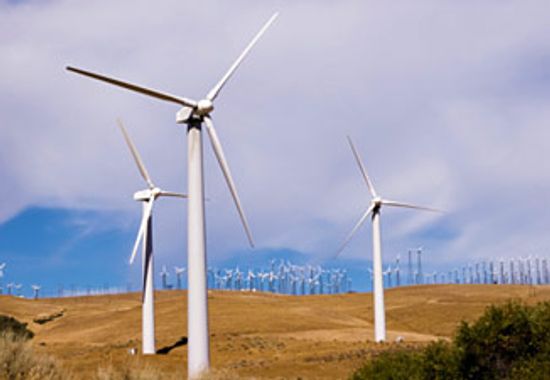
Are there any risks associated with the production of wind energy?

How much energy in a hurricane, a volcano, and an earthquake?

The World Hits 8 Billion People; Is That Good or Bad?
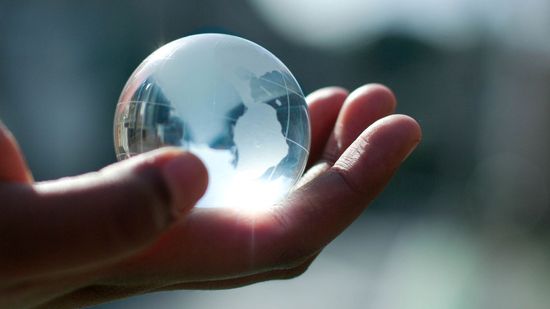
Quiz: Can You Tell Climate Change Fact From Fiction?

Did the Mayan civilization end because of climate change?
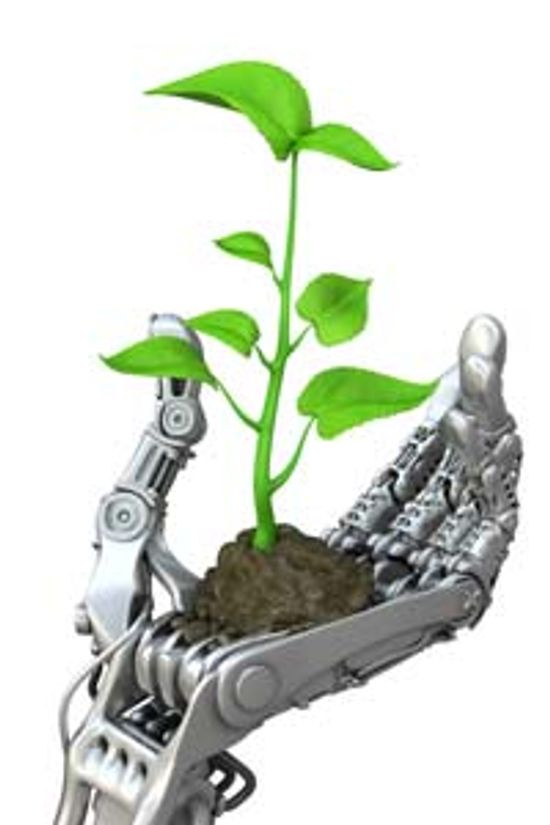
Top 5 Green Robots

5 Things to Consider When Building a Solar-powered Home

What Uses the Most Electricity in a Home?
Learn More / Page 5
Cinnabar's bright-red pigment has been used in jewelry, pottery and makeup for millennia. But cinnabar is also the primary ore for mercury, making it a dangerous mineral if the particles are inhaled.
There are caves all over the world, but some are in places that are hard to explore — hidden by rocks, ruins or even under ice. We've found seven secret caves you probably never knew existed.
From the chemicals that pollute and the massive use of water, the traditional method of dyeing blue jeans is an environmental disaster. Nanoparticles made from wood pulp might be the answer to the problem.
Advertisement
The science is off the charts. Climate change is here and it's affecting the planet. We'll tell you how and where.
Critics warn that cryptocurrency networks, whose computers use enormous amounts of electricity to verify transactions, could be a factor in warming the planet. The industry is working to change that.
A new project aims to document the possible demise of Planet Earth due to climate change. It's called Earth's Black Box and the creators hope this will be a warning to all Earth-dwellers to take global warming seriously.
A new report released by Beyond Plastics suggests that plastics will release more greenhouse gas emissions than coal plants in the U.S. by 2030.
Advertisement
In the lead-up to U.N. Climate Change Conference, the Swedish activist talked about Biden's climate plan, the media's responsibility and what gives her hope.
The waters of the Atlantic and Pacific oceans meet at the tip of Cape Horn and never the two shall mix, right?
The Atlantic Meridional Overturning Circulation, or AMOC, plays an essential role in regulating ocean temperatures, but it looks as if it may be collapsing. What happens next?
This ancient rock adorns King Tut's coffin and the Sistine Chapel. And at one time it was more precious than gold. What is it about this deep blue rock that has drawn us in for centuries?
Advertisement
It's possible that the giant, deadly serpent hanging out at the bottom of Fosse Dionne spring is just a legend, but divers have disappeared trying to find out, so who knows?
The curves of the Serpent Mound, Ohio state's massive and mysterious geological wonder, line up with the sun during equinoxes and solstices.
The rose-red mineral rhodonite was first discovered in the 1790s in the Ural Mountains of Russia. Today it's found globally and is associated with compassion, love and healing.
This alien-looking archipelago off the coast of Yemen is teeming with plants and animals. Many species here are threatened or endangered. Can they be saved?
Advertisement
Waterfalls are mainly reliant on precipitation to keep flowing. Here are six famous waterfalls that slowed to a trickle when drought set in.
Desalination has long been considered too expensive and too energy-intensive to make much sense. But with newer technologies, that line of thinking is changing. What are some of the most interesting desalination projects on the planet?
Anthropologists specialize in, well, us. But studying humankind doesn't mean you have to hole up in a library or laboratory. Take a peek at this article to learn more about the dynamic, enriching field of anthropology.
When it comes to fossils, specimens like Sue the Tyrannosaurus rex grab much of the attention. And while Sue is a staggering 67 million years old, she's a new kid on the block, compared to some of the oldest fossils ever found. What's older than Sue?
Advertisement
Archaeologists dig up and study the material remains of human civilizations. Bioarchaeologists do the same thing, except they focus on the remains of, well, us. What's the big deal about old bones and teeth?
Could solar cells be the asphalt of the 21st century?
We live in a universe of clocks. The technology may not sound as dependable as your cell phone alarm clock, but humans have turned to water-powered clocks for more than three and a half millennia.
By Robert Lamb
You know what geothermal energy is -- heat from the Earth. Could a new twist on geothermal power help countries achieve energy independence?
Advertisement
Without a doubt, plastic is useful. It's also everywhere — filling up landfills and recycling bins. These 10 twists on the common polymer are trying to change that reality.
Plants produce energy so perfectly: converting sunlight, carbon dioxide and water into power and emitting nothing harmful in the process. Can we imitate such an elegant system?
By Julia Layton & Yara Simón
